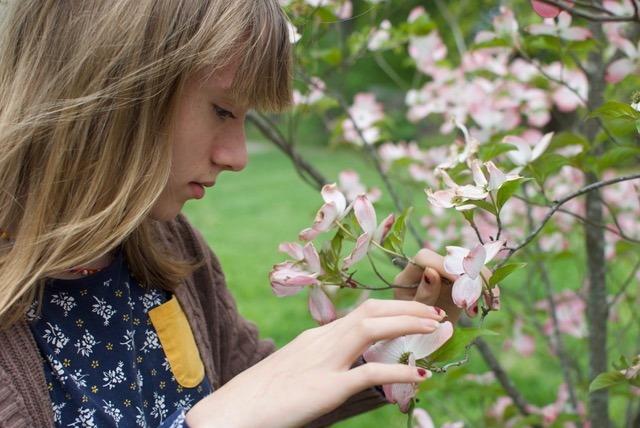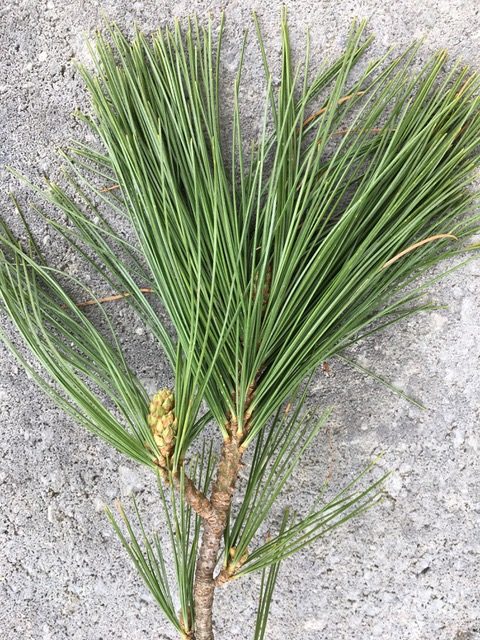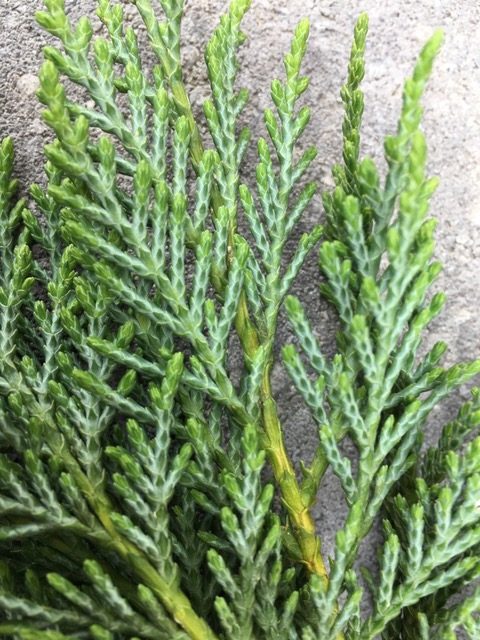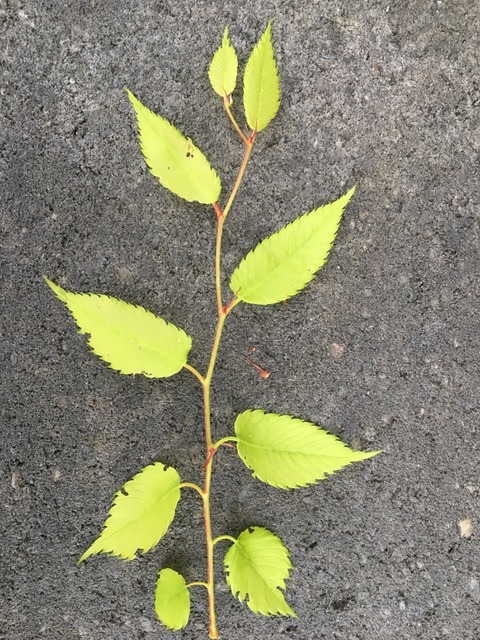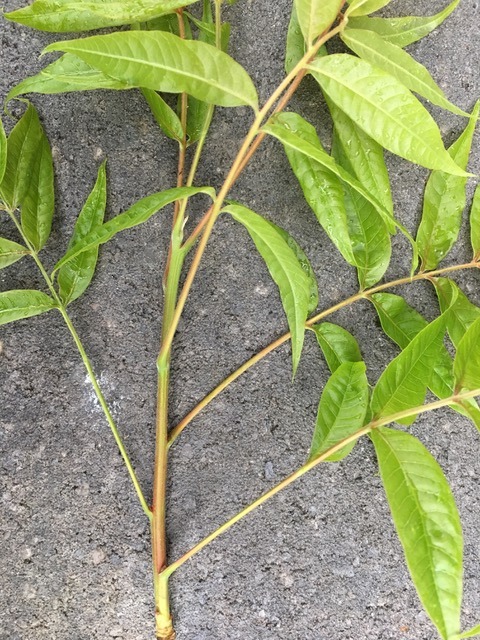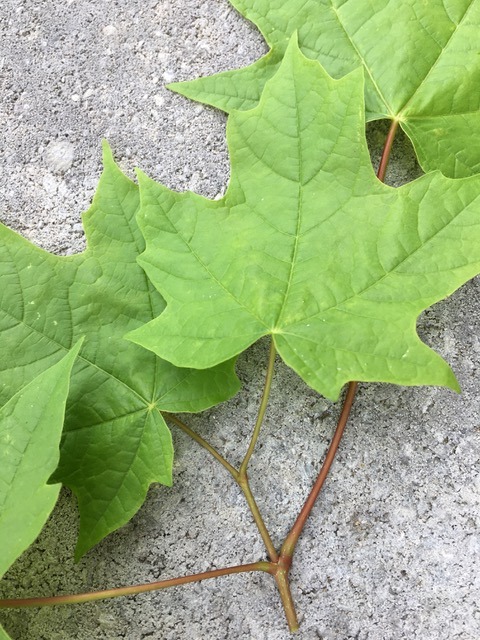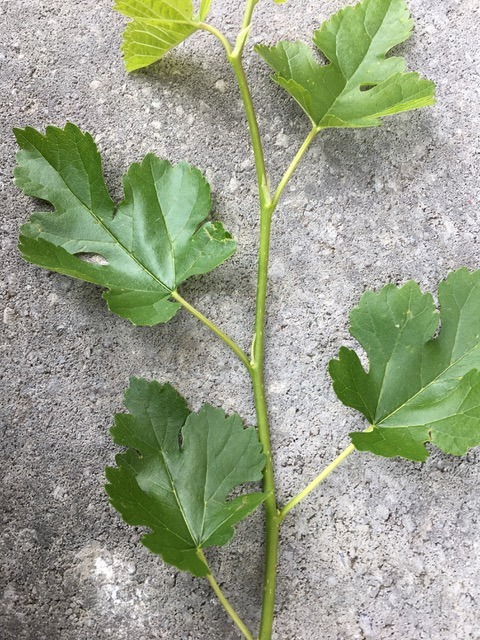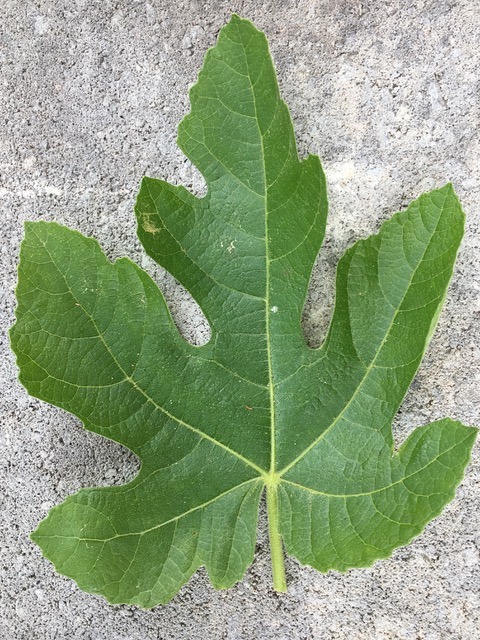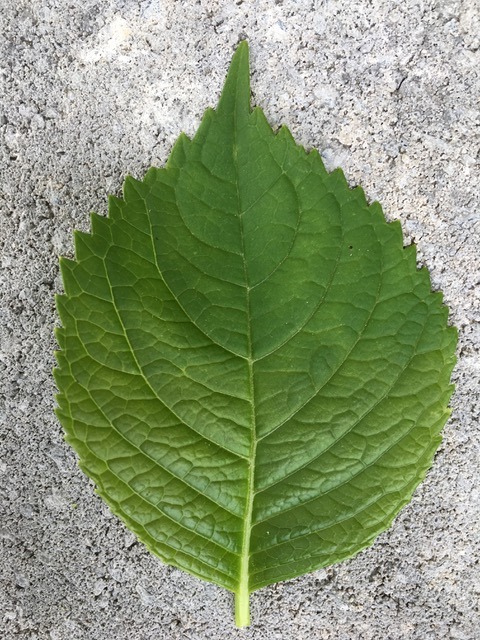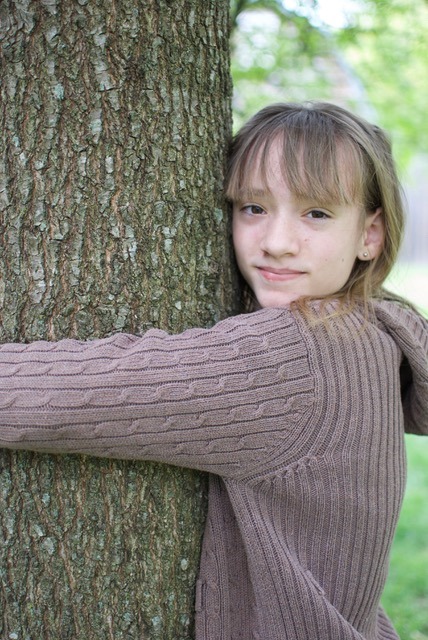The Value of Trees
Are trees just pretty or do they do something more? Does one tree matter? If one tree can make a difference in our environment, what can many trees do? Most everyone has access to some type of tree whether it is a magnificent oak sprawling in your backyard, an ancient tulip poplar in a public park, or a young street tree struggling to grow by the sidewalk.
The value of trees is often noted when they are blooming, but trees have value year-round and for reasons you may not even be aware of. All trees, no matter the size, help to improve life on our planet. Have you ever noticed that it is easier to breathe when you are hiking down a path in a wooded park than it is when you are walking through a city full of parking lots and streets? Trees clean the air we breathe. They give us the oxygen we breathe in and hold the carbon dioxide that we breathe out. Trees store carbon for their entire lives. When they die, decomposing organisms like worms, fungus and tiny bacteria slowly break down the biomass of the tree and return all the nutrients the tree has stored back to the earth.
Trees provide habitats for much of the wildlife that enchants us. Sweet songbirds, awe-inspiring raptors, and, of course, everyone’s favorite furry friends, squirrels, all need trees. Most people have a favorite birdcall, even if they don’t know the exact bird species. Some people like the sad song of the mourning dove. Others might prefer the barred owl call that seems to ring out the words, “who cooks for you.” I especially like the call of crow because it reminds of the summer that my family and I raised one that was blown from its treetop nest in a storm. We named it Casey. I will never forget turning over rocks searching for grubs to feed our baby bird. I was so excited when Casey learned to fly. We could go outside and call for Casey by name. Casey would fly out of a nearby treetop to get a snack — hamburger meat. Eventually, Casey learned to live in the wild and no longer returned to us. Her habitat was in the trees.
The Value of Trees to Clean Water
Trees help keep our water clean. Have you noticed a pond covered with what looks like mucky green slime? That sight is called an algae bloom. Algae love the nutrient boost it gets when topsoil containing excess fertilizer erodes into our waterways. Trees planted near bodies of water, in a riparian buffer, can prevent erosion. Trees also balance the earth’s water cycle by absorbing stormwater then transpiring it back into the atmosphere. Trees also provide shade that helps regulate the temperature of the environment around them and even help with cooling costs in summer and provide assistance in winter too!
iTree Design
What if there was a way to learn how much that a tree in your yard actually helps you? How much does one tree help the environment where you live? The good news is that there is a way to gain a better understanding of the benefits of specific trees, and you don’t have to be a professional scientist to do it. A user-friendly website iTree Design is based on peer-reviewed USDA Forest Service research, provides a wealth of information. You only need to input tree location, species, condition and size and to learn more about the many benefits of one tree, or all the trees in your yard. You can estimate eco-services a tree provides for the current year and for years to come, like how it is helping to reduce your cooling costs. You will begin by simply entering your address into iTree, which will allow you to place trees on a map exactly where they are located in your actual yard. Next, you have to identify the tree you are observing.
Step 1: Identify the Tree Species
There are many available resources to help you. Several apps identify trees. My favorite is Seek by iNaturalist. You can also order a tree field guide, or you can use the online Arbor Day Foundation online guide. In order to use the online dichotomous key, there are a few tree characteristics to be familiar with before you begin. Once you get started, its super fun.
The first characteristic to understand is that there are two main groups of trees: conifers and broadleaf trees. Let’s look at conifers first.
One way to identify a conifer is to determine if a tree grows cones. All conifers have cones. Some conifers, like the juniper, grow berry-like cones, but they all have cones. Most conifers are evergreen. One main distinguishing characteristic of conifers is that they can have needle-like or scale-like leaves. Needle-like leaves can be attached to the twig singly or in bundles. Scale-like leaves have very tiny overlapping scales.
So, how do we begin to classify broadleaf trees? That is a bit more complicated. Broadleaf trees bear a variety of fruit and flowers that can help classify a tree. In order to understand broadleaf variations, we first have to understand where a leaf starts. In the place where the leaf stalk attaches to the twig, there is often a bud or there could be a swelling where the leaf starts. When you discover where a leaf begins, you can determine if a leaf is compound or not compound. If there is just one leaf on the leaf stalk then it is a simple leaf. If there are many leaves on the leaf stalk, then it is compound. The multiple blades on a compound leaf are called leaflets. When leaflets are attached across from each other like a feather, the leaf is pinnate. If the leaflets are arranged on the leaf stalk in a pattern that looks like the palm of a hand, that leaf is palmate.
Another important reason to look for the bud or leaf swelling is to determine if the tree has opposite or alternate leaves. When leaves are arranged directly across from each other on the twig, they are opposite. When leaves are not directly across from each other, they are called alternate.
Another aspect to be aware of is the difference between lobed leaves and not lobed leaves. Lobed leaves have distinct rounded or pointed projections that shape the edge of the leaf. Leaves that are not lobed have edges with no projections.
A final aspect to be aware of is the difference between toothed and smooth leaf margins. Toothed leaf margins have saw-like notches on the outer edge of the leaf. Smooth does not.
Step 2: Collect Quantitative Data
It’s time to collect some quantitative now. This type of data can be counted or expressed numerically. The iTree program requires you to measure the circumference or diameter of the tree you are measuring. How do we calculate this? It’s easy as pie. You will need a measuring tape. iTree accepts measurements in inches or centimeters, so whichever type of tape you have is fine. Measure the circumference of the tree by measuring 4.5 feet above the ground and then measuring the trunk of the tree at that spot. If you would like to calculate the diameter, divide the circumference by 3.14. iTree accepts circumference or diameter.
Step 3: Make Qualitative Observations
Next comes the qualitative data collection. Qualitative data is collected through observation. It does not involve numerical information. Let’s make some qualitative observations about the health of your tree. Let’s start by looking at the leaves. Are they ragged with holes? This could mean that insects have been feeding on them. Are the leaves malformed? This could be the result of insect damage, disease, herbicides or drought. Now let’s look at the trunk of the tree. Has the trunk been damaged – possibly from mowers, large animals, lightning or frost? Are there hollows in the trunk? Is water entering through wounds and promoting decay? Are there fungi or mushrooms growing on the tree? This usually means that part of the tree is rotting. Fungi are decomposers. It is important not to get fungi confused with lichens and moss. Is the tree leaning? This could mean that the tree has unequal root support caused by restricted roots. After examining all of these aspects, rate the tree’s condition as excellent, good, fair or poor. iTree will also ask you if the tree is in full sun, partial sun or in full shade.
Input Your Data into iTree
Whether you input your data as you go along on a portable computer or ipad, or head back inside to input data you recorded with a pencil and paper, iTree Design will provide an amazing report with estimates about the amount of carbon the tree sequesters, the stormwater runoff that is intercepted, the air pollution removed, and the energy saved because of the one tree you are studying. The value of trees isn’t just subjective — there is data behind all the information itree gives you.
Inspired? Take it Further
- Write a short story or a poem about the value of trees
- Create a multimodal, interactive presentation about trees
- Write a persuasive, or reflective essay about the benefits of trees
- Start an online chat about the value of planting trees in your neighborhood
- Implement a reduce, reuse, recycle project to help the trees
- Strategically plant trees using the results from your iTree study
- Make a compost bin for composting tree leaves
- Determine your carbon footprint using a carbon footprint calculator
- Learn more about how to get involved with tree projects. Arbor Day Foundation and One Tree Planted offer some ideas.
